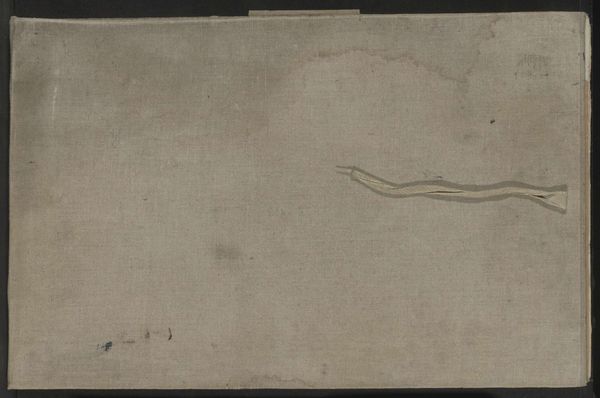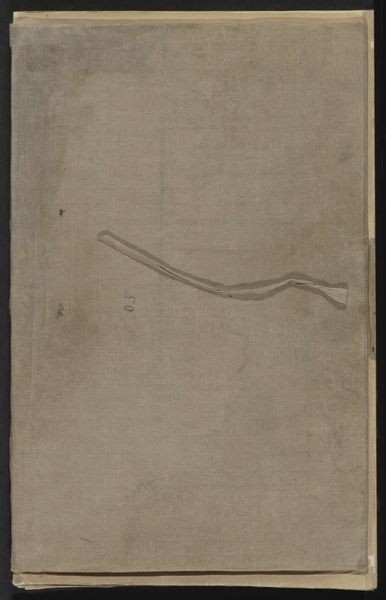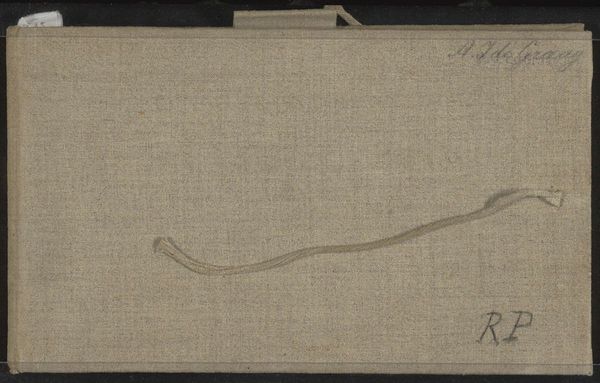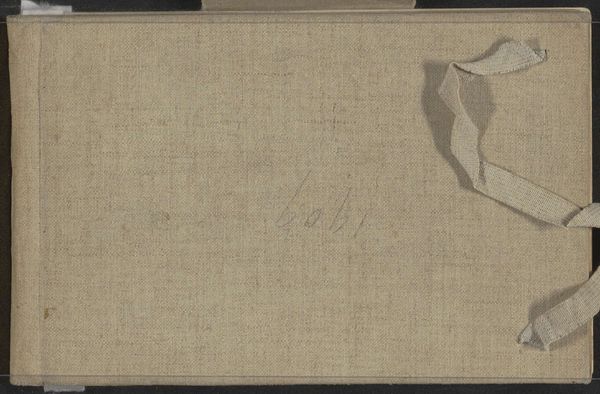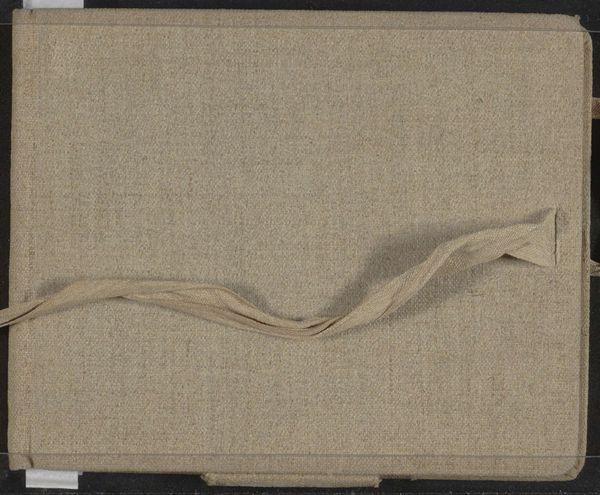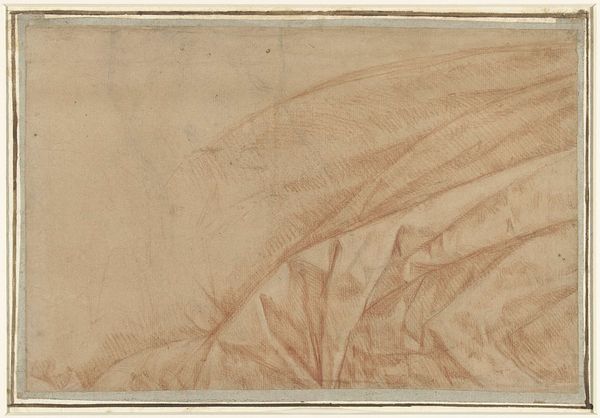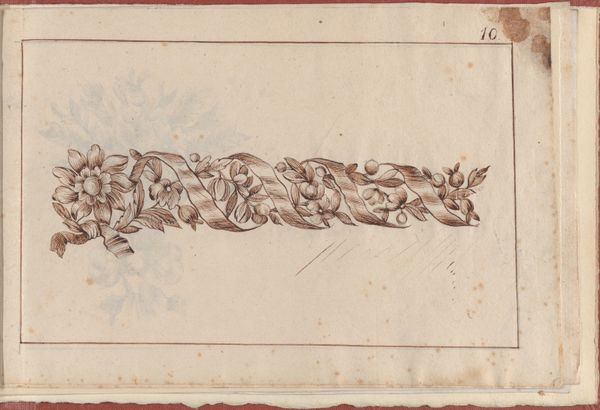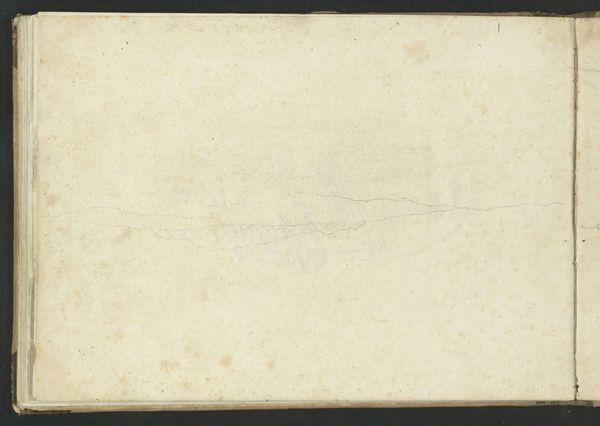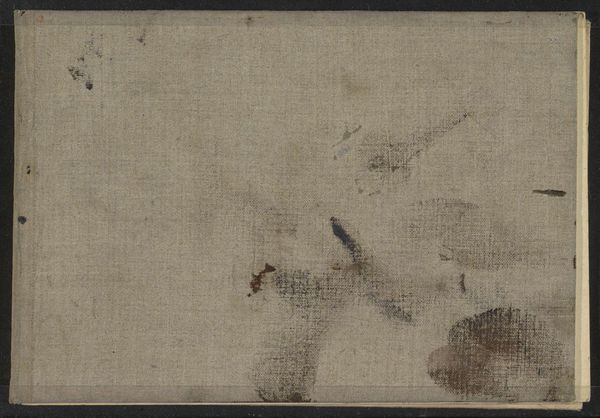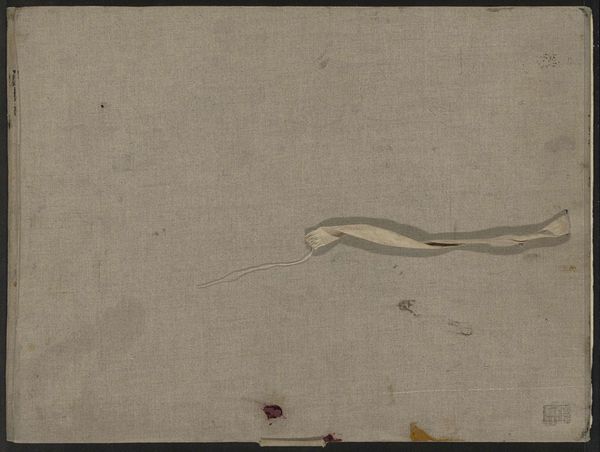
Dimensions: height 104 mm, width 179 mm, thickness 10 mm, width 351 mm
Copyright: Rijks Museum: Open Domain
Editor: This is Willem Cornelis Rip’s “Sketchbook with 39 sheets,” made around 1895-1899, using pencil and paper. There’s a muted, almost sepia quality to it that feels very intimate. What do you see in this piece, beyond just a closed sketchbook? Curator: I see a powerful statement about accessibility and artistic expression in a rapidly changing society. Consider the late 19th century—the rise of industrialization also sparked debates about who could and should create art. The sketchbook, in its very private nature, suggests an act of quiet resistance against elitist notions of art. Rip’s choice of inexpensive materials democratizes the artistic process. What statement might the artist be trying to make about the creation of art? Editor: That's a great point! The modesty of the materials challenges the idea of art as a commodity. Could it also relate to gender? Were sketchbooks perhaps a more accessible avenue for female artists at the time? Curator: Absolutely. While not confirmed for Rip, many women artists utilized sketchbooks for studies, personal expression, or as a workaround to the limited opportunities available to them in formal training or exhibitions. Considering that, how might this simple object embody themes of agency and artistic freedom, especially for marginalized artists? Editor: So, it's not just a sketchbook, but a symbol of creative potential and resistance! I hadn't considered that before. Thanks! Curator: Precisely! Viewing the sketchbook as a potential site for marginalized voices shifts our understanding and invites reflection on social context of the time.
Comments
No comments
Be the first to comment and join the conversation on the ultimate creative platform.
